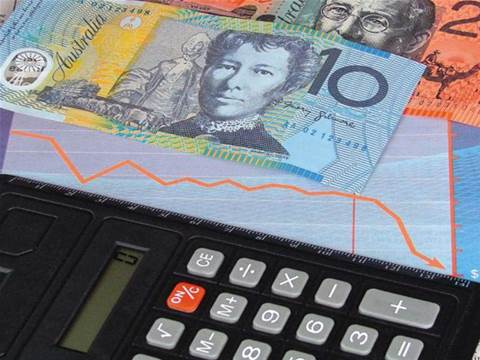Industry watchers say the biggest problem is that it is still too expensive for many companies - though far cheaper than today's prices.
"There's lots of discussion as to what the eventual cost will be for the service," said Phil Varney, CEO of Gen-I.
"With the $40 billion they've given divided by the likely number of services, it still makes the provision of high-speed broadband too expensive."
Current estimates sit at $150-250 a month, at least $100 more than today's price for ADSL2+ which is the price guideline given by the federal government.
"It just doesn't add up. I'm just sitting there saying 'I can't see the numbers'," said Damian Kay, CEO of Telco-in-a-box.
"I know you're trying to forecast the future but everyone's bogged down with how is this going to work out price-wise?"
The greater competition in the US and the UK has forced telcos to provide business grade broadband.
High-speed connections become a compelling proposition at $100 a month versus $500 a month, said Varney, who worked for BT for nine years.
"The economic argument is very disruptive. You can understand that companies with legacy networks don't want that disruption too soon."
With the government controlling the price, access to the network will be fairer and cheaper, said Tim Dickinson country manager A/NZ Kaseya.
"The new 3G network is a great network but it's too expensive. If you are using more than one gig of traffic, you can't do it, it's too expensive," he added.
"With the government controlling the price and running multiple providers, it's going to be very positive for the downward costs of the network."
The most obvious way to bring down the cost is to pool assets of the major players. Telstra's recent change of management has boded well for greater cooperation with the government. "I think the early moves are very, very encouraging from Telstra," said Varney.
"As long as access was equalised [to the fibre] it would work for all," added Varney. "It would mean the NBN could be done for much less."
Although Australians pay some of the highest rates for broadband, take-up is very strong.
But there are still many people on dial-up plans, and the highest number of ADSL customers are using 512kbps connections. "People are still migrating up from 256" kbps, said Kay.
Margins for telcos are slashed with each jump in technology.
Dial-up is hugely profitable, around 40 percent, and the move to ADSL is sending smaller ISPs to the wall.
The move to fibre will have a similar effect, predicts Kay. "A lot of resellers and ISPs will become redundant with the NBN."
For more on the NBN, read this month's feature in the latest issue of CRN magazine.





_(11).jpg&h=142&w=230&c=1&s=1)






.jpg&w=100&c=1&s=0)
_(8).jpg&w=100&c=1&s=0)











